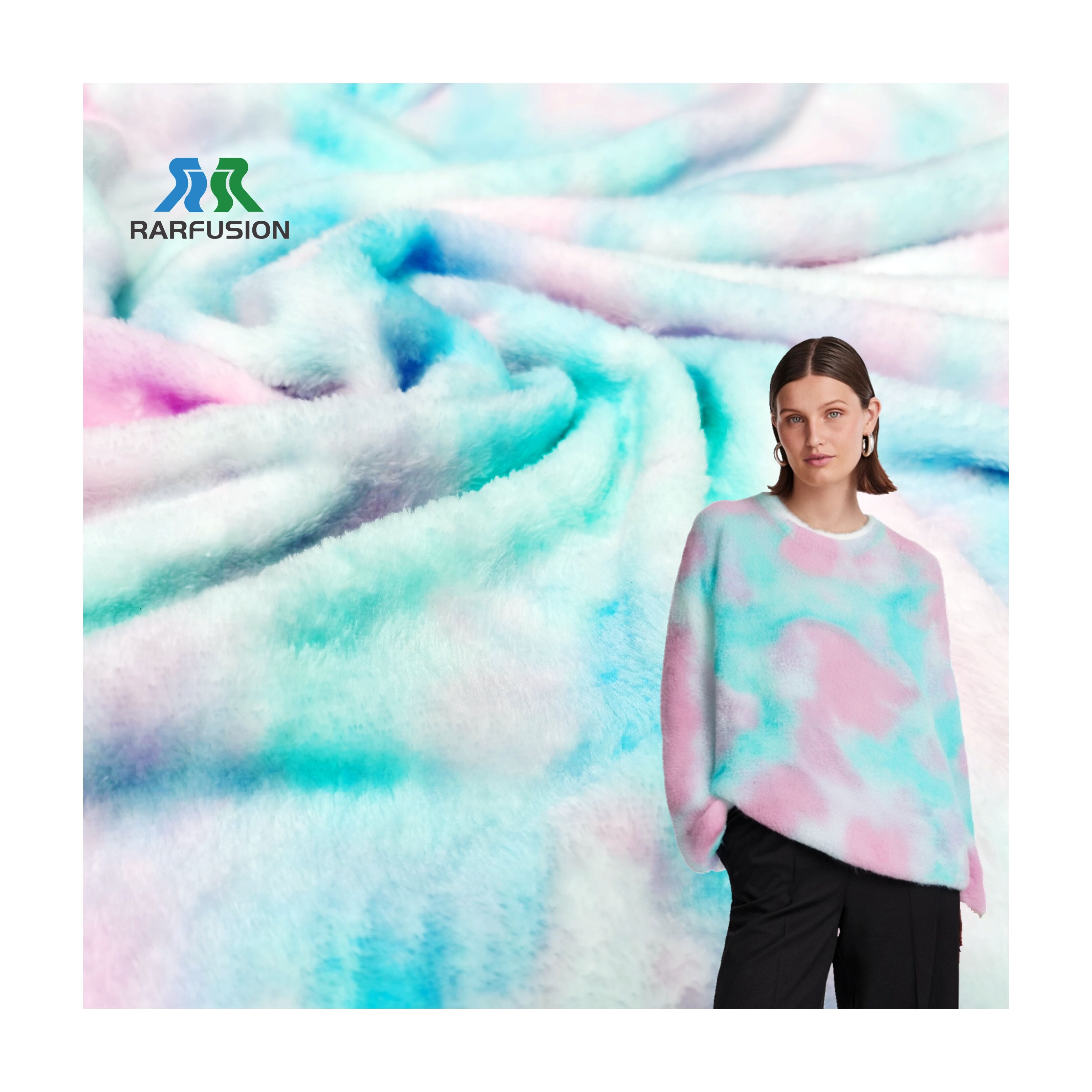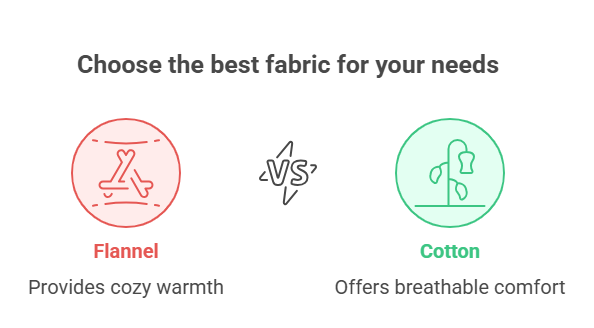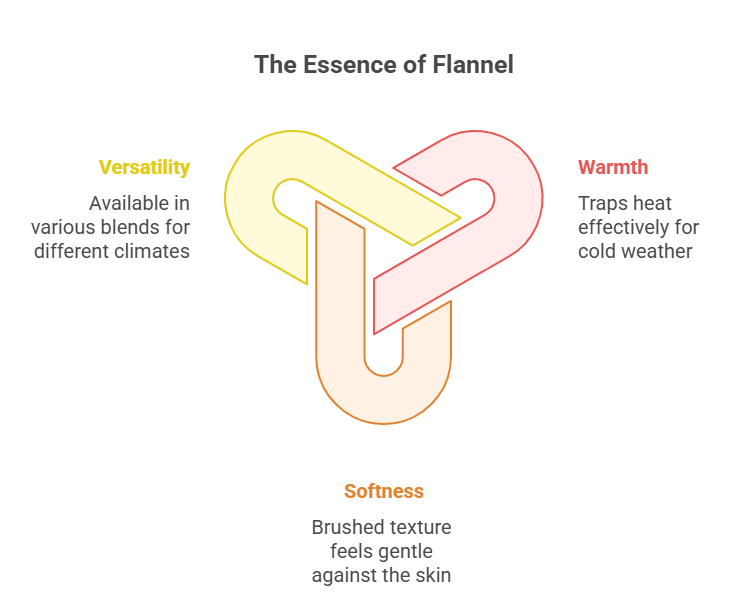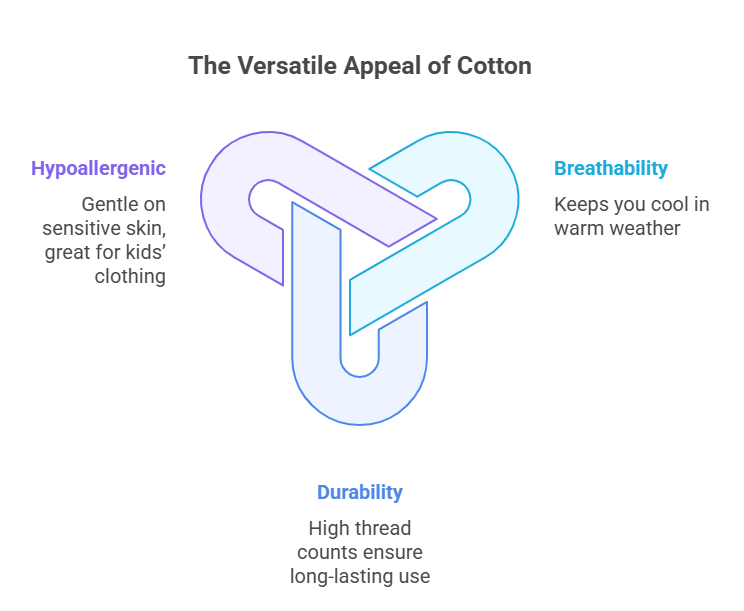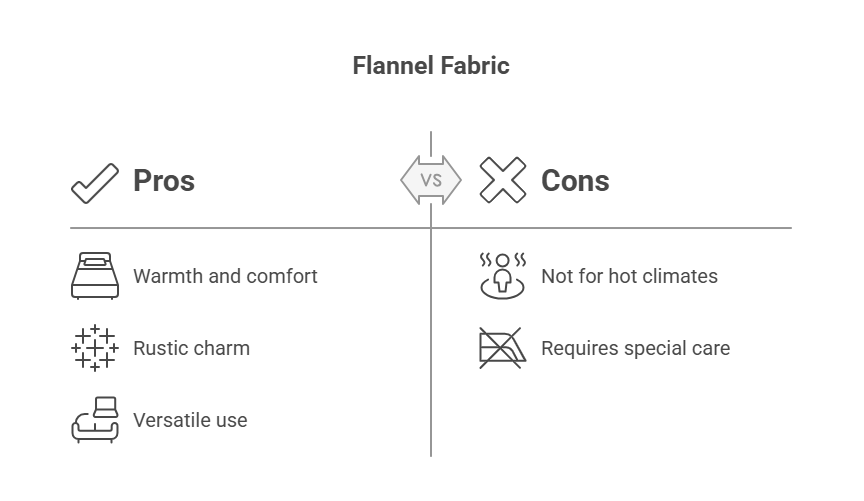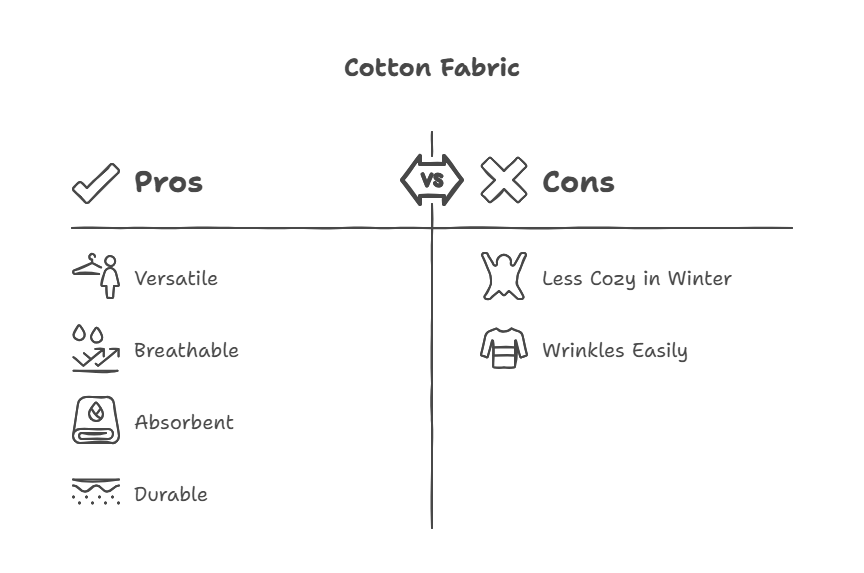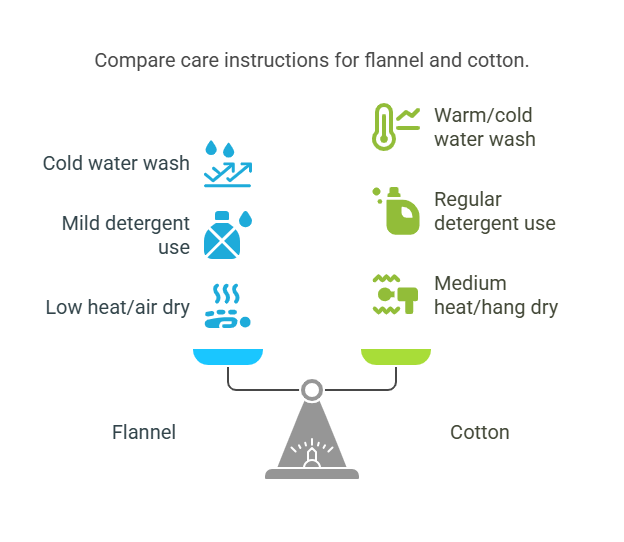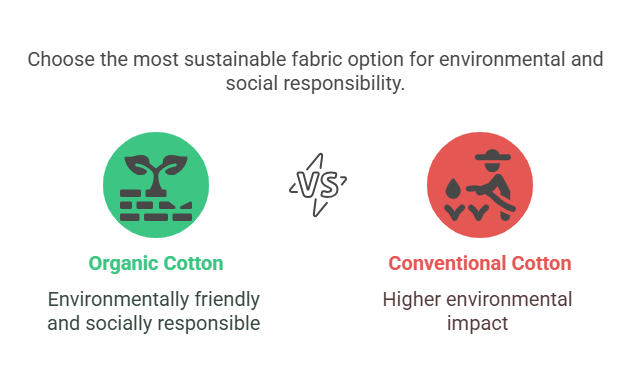Flannel vs Cotton: Which Fabric Suits Your Needs Best?
Introduction: Choosing the Right Fabric
Struggling to decide between flannel and cotton for your next clothing or bedding purchase? You’re not alone. Both fabrics are popular, but their differences in texture, warmth, and versatility can make choosing tricky. This guide breaks down flannel and cotton, comparing their unique qualities to help you pick the best fabric for your lifestyle, whether you’re after cozy warmth or breathable comfort.
What Is Flannel?
Flannel is a soft, woven fabric known for its fuzzy, brushed texture, often made from cotton, wool, or synthetic blends. Its loose weave and brushed finish create a cozy, insulating feel, perfect for cold-weather clothing like plaid shirts, pajamas, or flannel bedding. Flannel’s signature warmth and fluffiness make it a go-to for winter, though its breathability allows year-round use in lighter weights.
Why People Love Flannel
-
Warmth: Traps heat effectively, ideal for chilly nights.
-
Softness: Brushed texture feels gentle against the skin.
-
Versatility: Available in cotton, wool, or synthetic blends for various climates.
What Is Cotton?
Cotton is a natural, breathable fiber harvested from the cotton plant, prized for its durability and softness. It’s a staple in everyday items like t-shirts, towels, and bed sheets due to its strength, absorbency, and hypoallergenic properties. Cotton’s versatility makes it suitable for everything from summer apparel to durable home textiles.
Why People Love Cotton
-
Breathability: Keeps you cool in warm weather.
-
Durability: High thread counts ensure long-lasting use.
-
Hypoallergenic: Gentle on sensitive skin, great for kids’ clothing.
Key Differences Between Flannel and Cotton
While flannel can be made from cotton, not all cotton is flannel. Here’s how they compare:
|
Feature |
Flannel |
Cotton |
|---|---|---|
|
Texture |
Fuzzy, brushed, soft |
Smooth, crisp |
|
Warmth |
Insulating, ideal for cold weather |
Breathable, better for warm weather |
|
Durability |
Durable but may pill over time |
Highly durable, resists pilling |
|
Absorbency |
Moderate, wicks moisture |
High, excellent for towels |
|
Common Uses |
Pajamas, bedding, winter shirts |
T-shirts, sheets, everyday apparel |
|
Price Range |
$5–$20/yard (varies by blend) |
$3–$15/yard (varies by quality) |
Flannel’s brushed finish gives it a cozy edge, while cotton’s smooth texture suits lightweight, everyday use. Cotton flannel blends combine both worlds, offering warmth with cotton’s durability.
When to Choose Flannel
Flannel shines in scenarios where warmth and comfort are priorities:
-
Winter Bedding: Flannel sheets provide a cozy sleep experience.
-
Cold-Weather Apparel: Think plaid flannel shirts or pajamas for chilly days.
-
Home Decor: Flannel throws or curtains add a rustic, warm vibe.
-
Example Scenario: Imagine curling up in flannel pajamas on a snowy evening—perfect for staying snug without overheating.
Flannel’s insulation makes it less ideal for hot climates unless it’s a lightweight cotton blend.
When to Choose Cotton
Cotton is the better pick for versatility and breathability:
-
Summer Clothing: Cotton t-shirts or dresses keep you cool and comfortable.
-
Bedding for All Seasons: Cotton sheets with high thread counts are durable and breathable.
-
Activewear or Towels: Cotton’s absorbency suits gym gear or bath linens.
-
Example Scenario: Picture wearing a cotton tee on a warm summer day—its breathability prevents sweating.
Cotton may feel less cozy in winter compared to flannel but excels in durability.
Care Instructions for Flannel and Cotton
Proper care extends the life of both fabrics:
-
Flannel:
-
Wash in cold water on a gentle cycle to prevent shrinking.
-
Use mild detergent; avoid fabric softeners to maintain fluffiness.
-
Tumble dry on low or air dry to prevent pilling.
-
-
Cotton:
-
Machine wash in warm or cold water, depending on colorfastness.
-
Use regular detergent; bleach is safe for white cotton.
-
Dry on medium heat or hang dry to avoid shrinkage.
-
-
Tip: Always check care labels, as blends (e.g., cotton-polyester flannel) may have specific needs.
Sustainability Considerations
-
Flannel
If you're choosing flannel, go for 100% organic cotton whenever possible — it’s not only soft but also kinder to the planet. Wool blends can be cozy too, but they typically carry a heavier environmental footprint. Avoid synthetics if you're aiming for lower-impact options. -
Cotton
Organic cotton skips the pesticides and uses less water, making it a much cleaner option than conventional cotton. It's a smart choice if you care about both the earth and the people growing it.
FAQs About Flannel and Cotton
Q: Is flannel always made from cotton?
A: No, flannel can be made from cotton, wool, or synthetic fibers like polyester. Cotton flannel is the most common today.
Q: Which is better for sensitive skin?
A: Cotton is typically more hypoallergenic, but high-quality cotton flannel is also gentle. Avoid wool flannel if you have allergies.
Q: Can I use flannel in summer?
A: Lightweight cotton flannel can work in milder climates, but cotton is generally better for hot weather due to its breathability.
Q: How do I prevent flannel from pilling?
A: Wash gently, avoid high heat drying, and choose higher-quality flannel to reduce pilling.
Q: Which is more durable?
A: Cotton is generally more durable due to its tight weave, but flannel can last long with proper care.
Conclusion: Making the Right Choice
Flannel and cotton each have unique strengths. Choose flannel for cozy warmth in winter clothing or bedding, and opt for cotton when you need breathable, durable fabric for year-round use. Consider your climate, comfort preferences, and intended use—whether it’s a flannel blanket for chilly nights or a cotton tee for sunny days. Explore sustainable options to align with eco-conscious values. Which fabric fits your needs? Share your thoughts or ask questions in the comments below
Table of Contents
- Introduction: Choosing the Right Fabric
- What Is Flannel?
- What Is Cotton?
- Why People Love Cotton
- Key Differences Between Flannel and Cotton
- When to Choose Flannel
- When to Choose Cotton
- Care Instructions for Flannel and Cotton
- Sustainability Considerations
- FAQs About Flannel and Cotton
- Conclusion: Making the Right Choice

